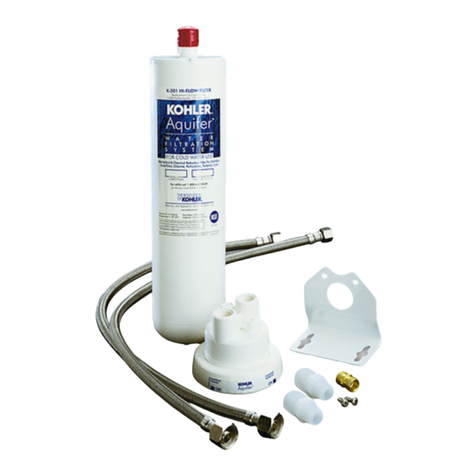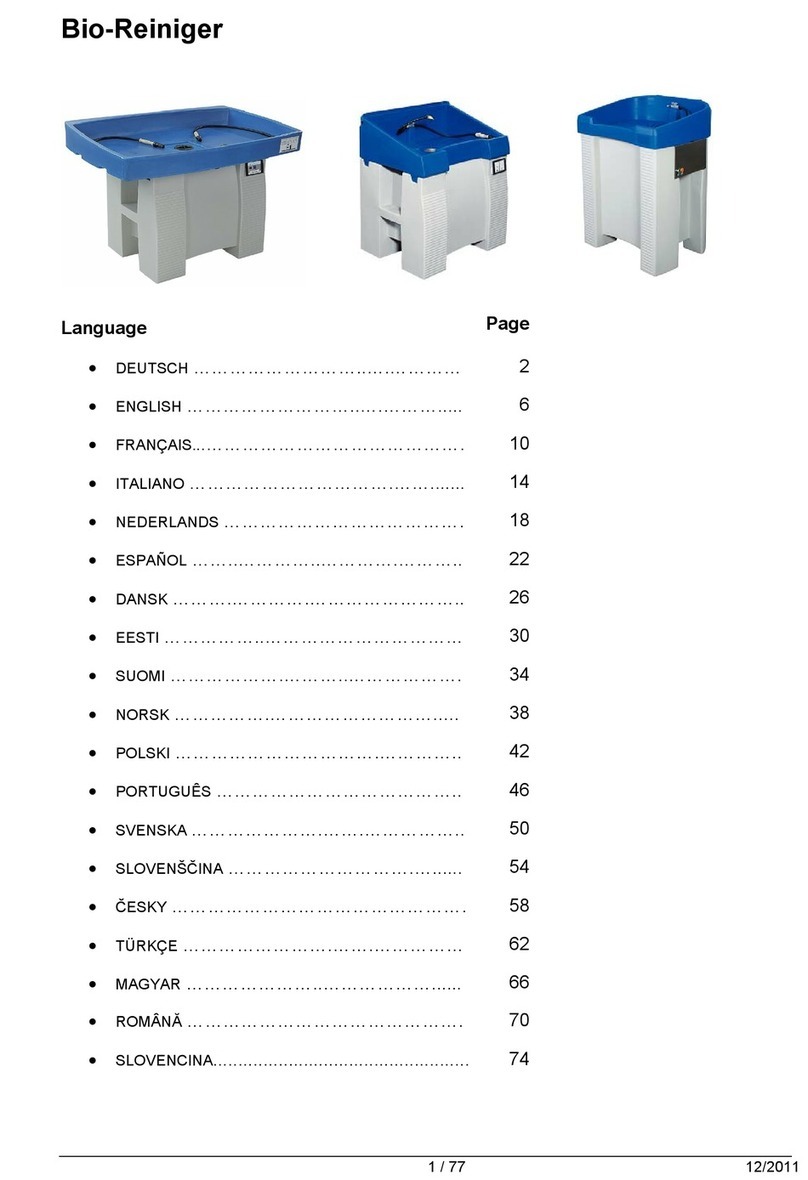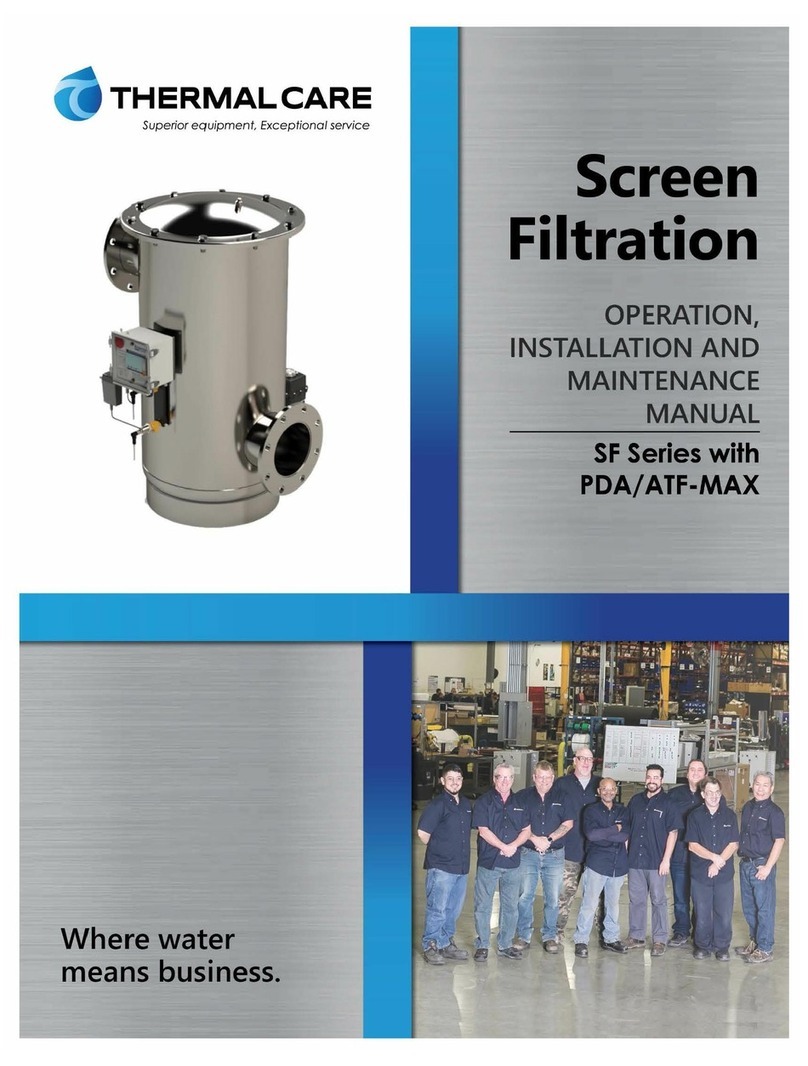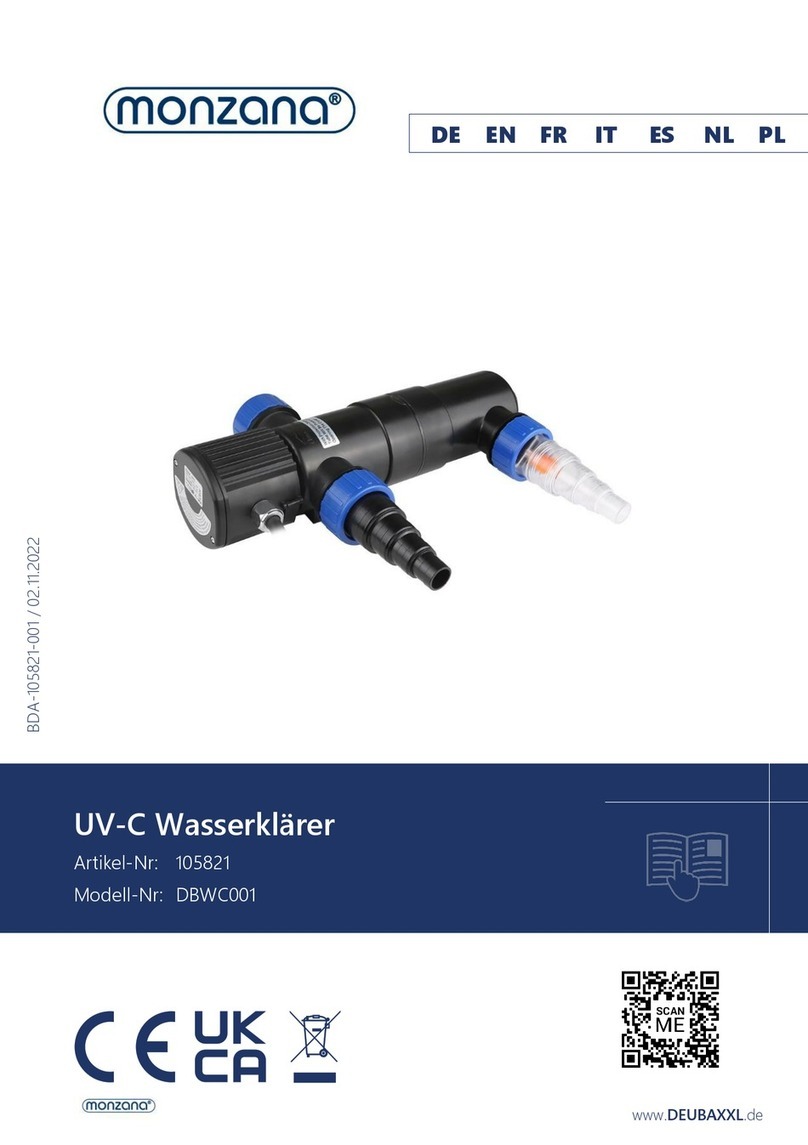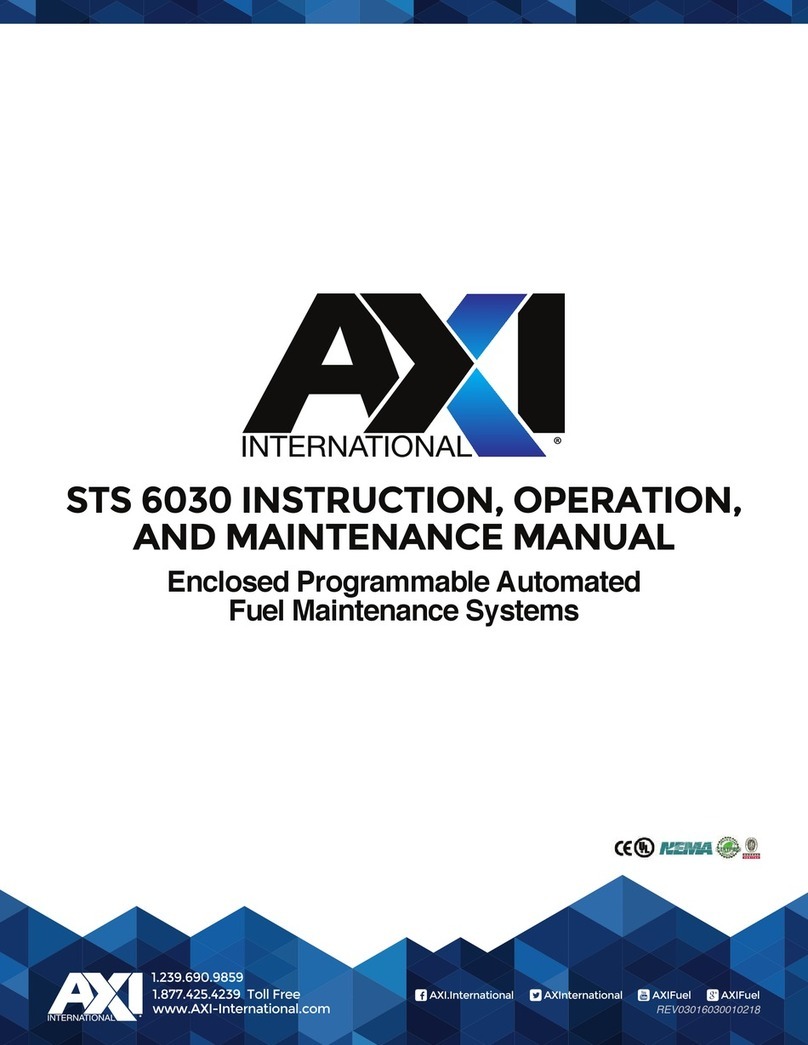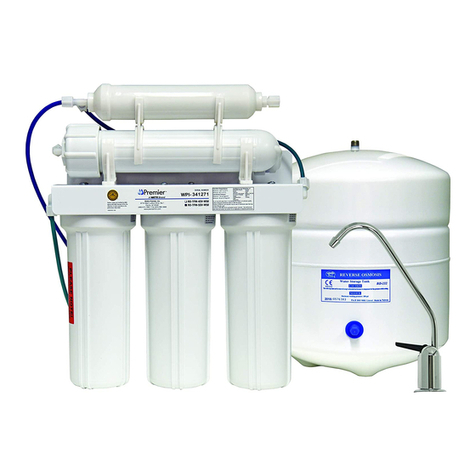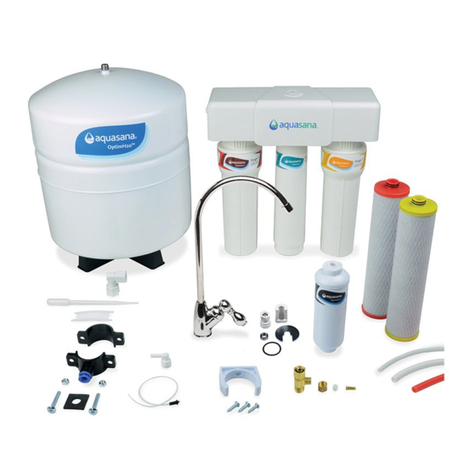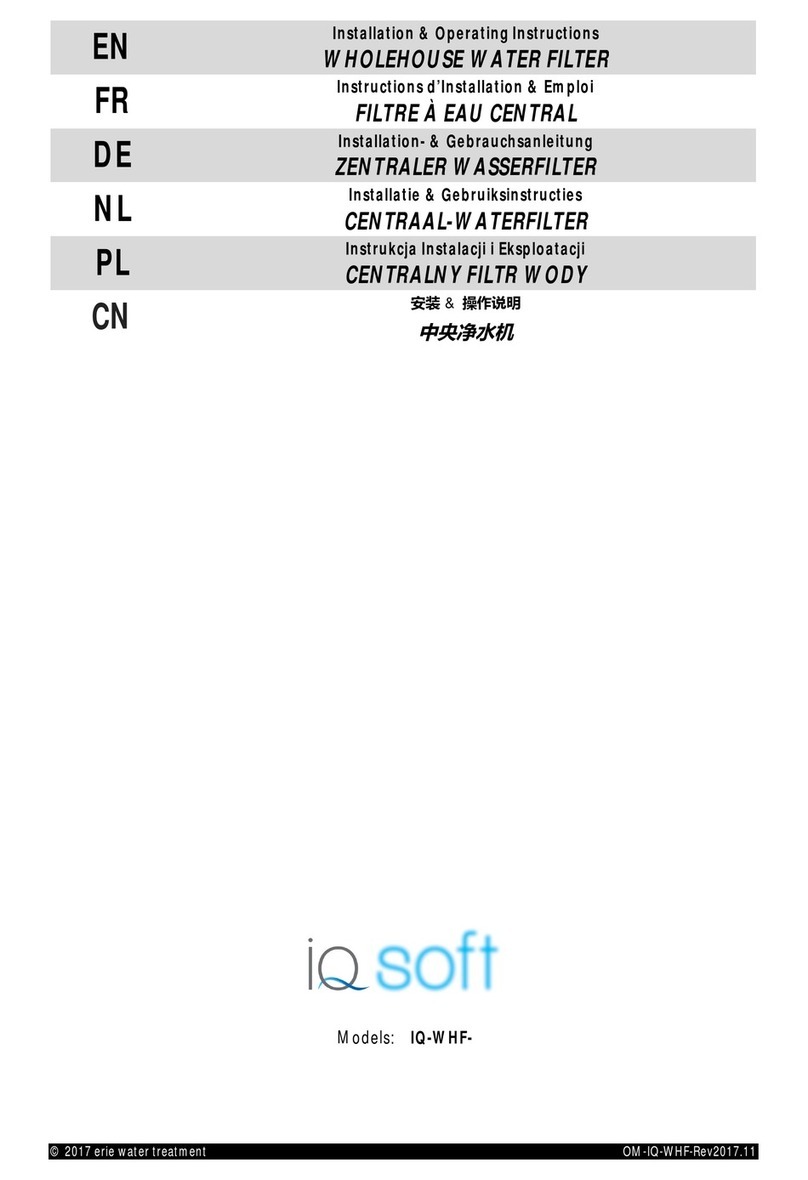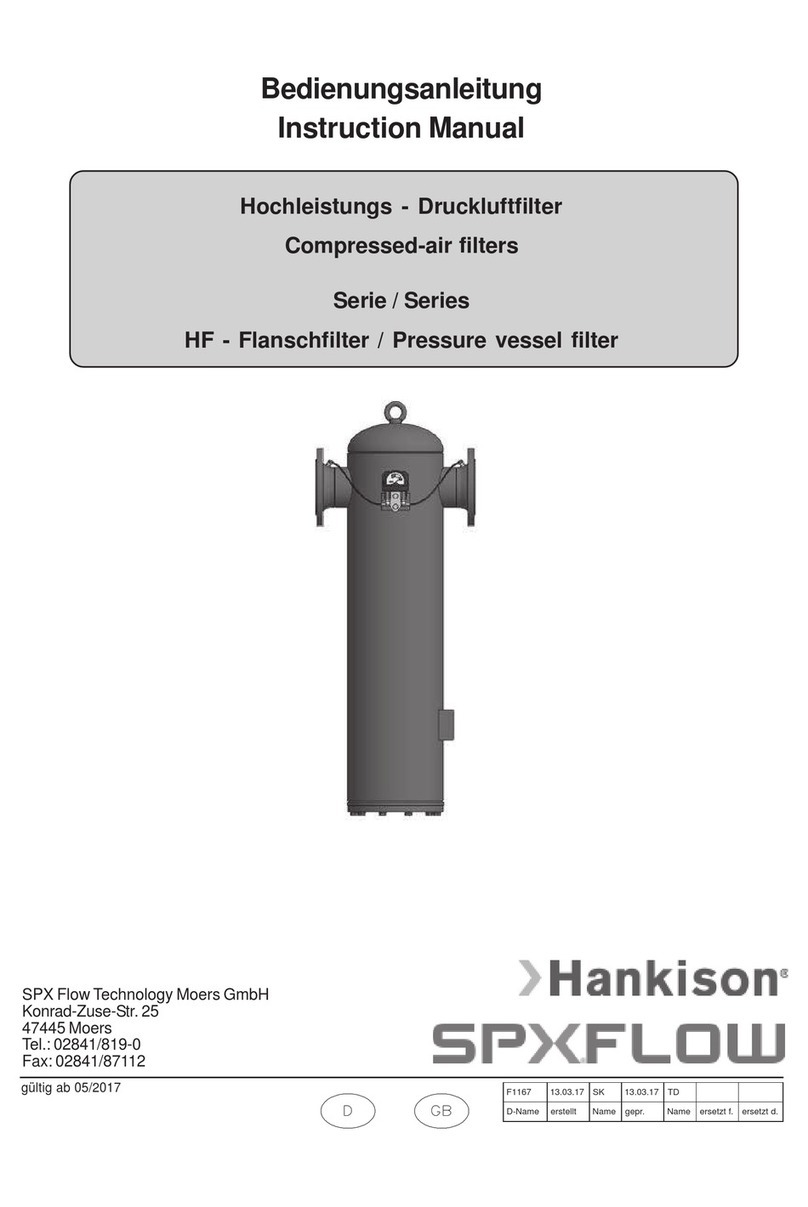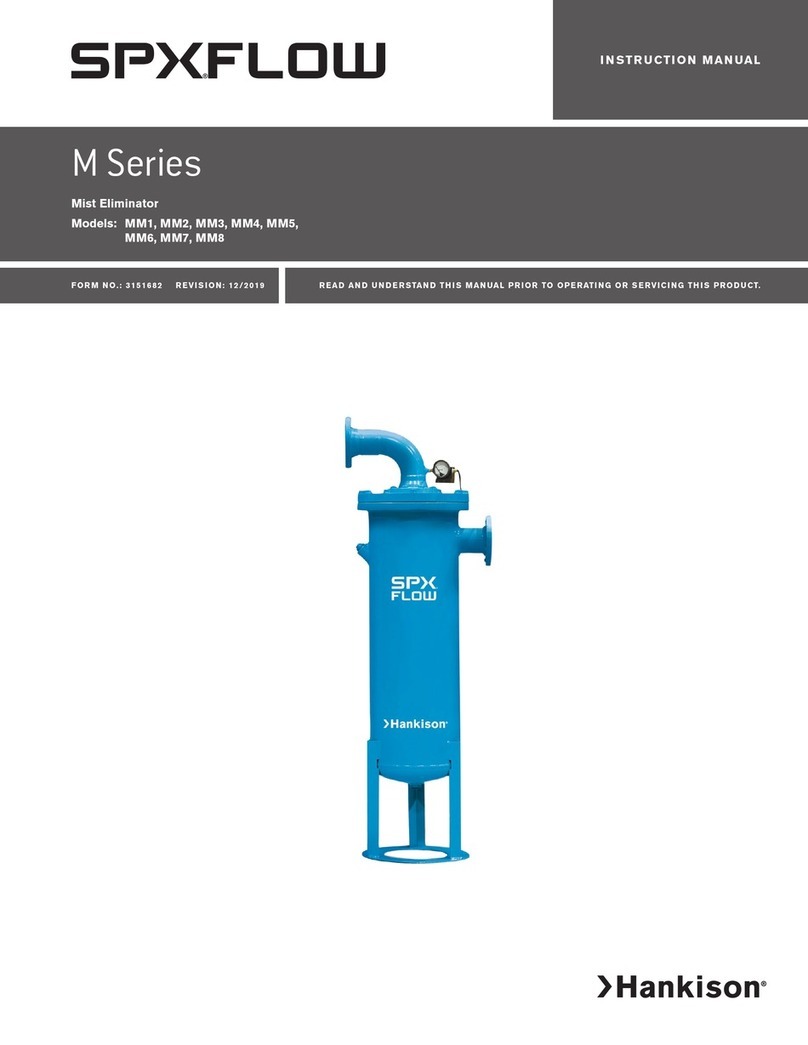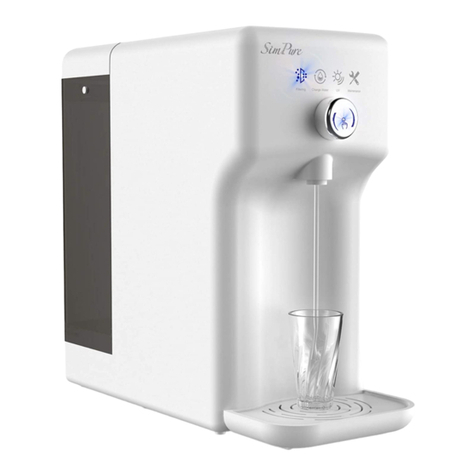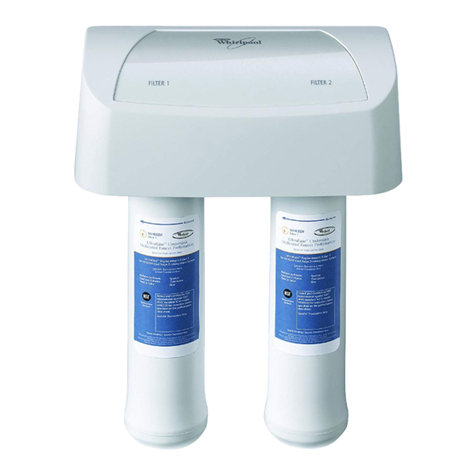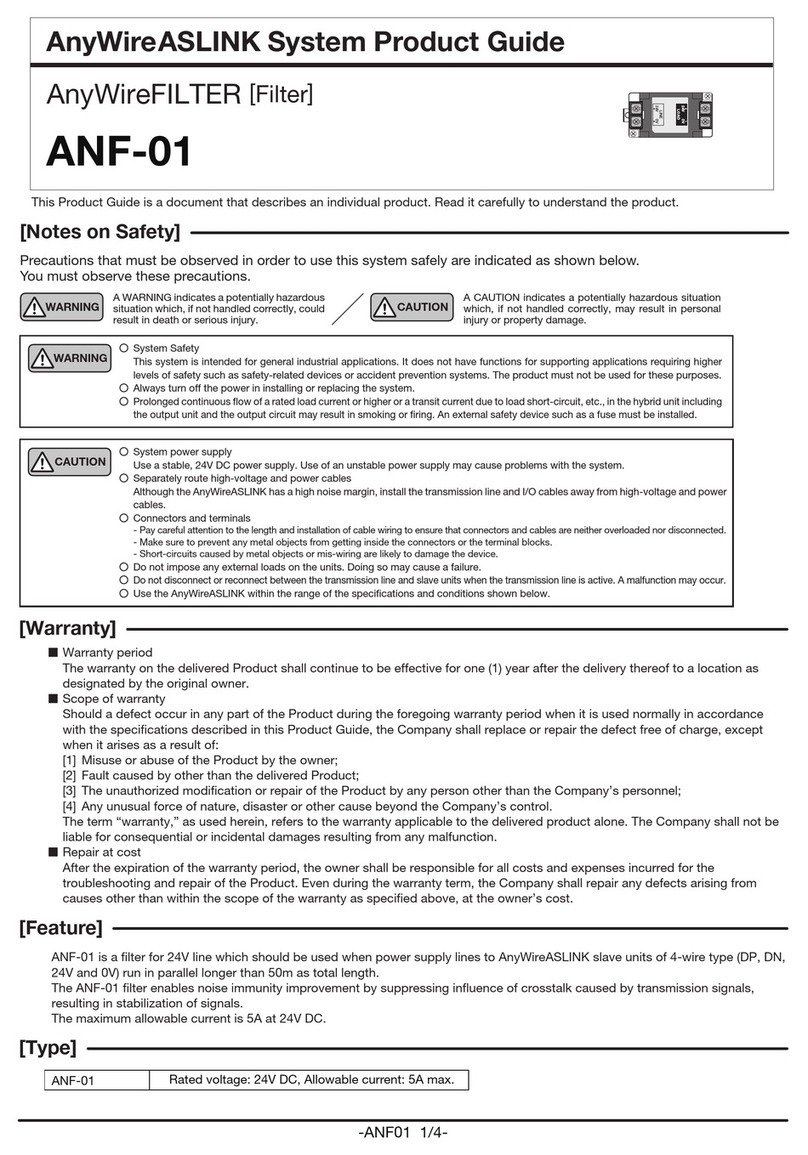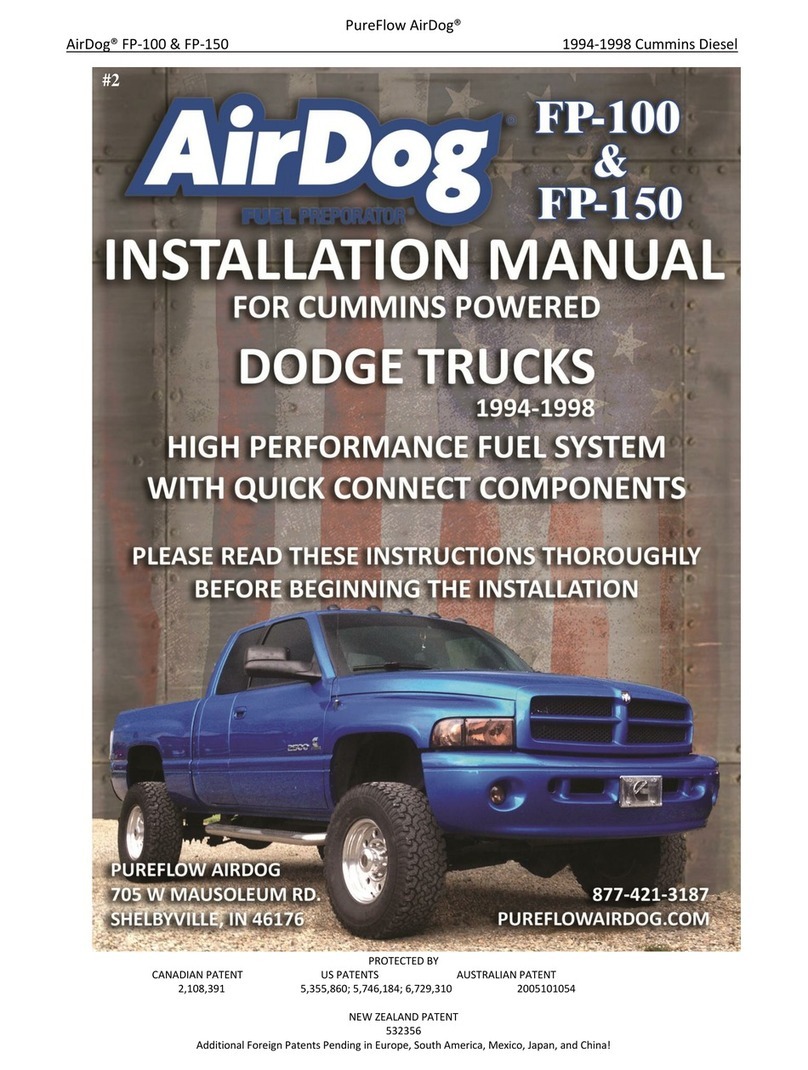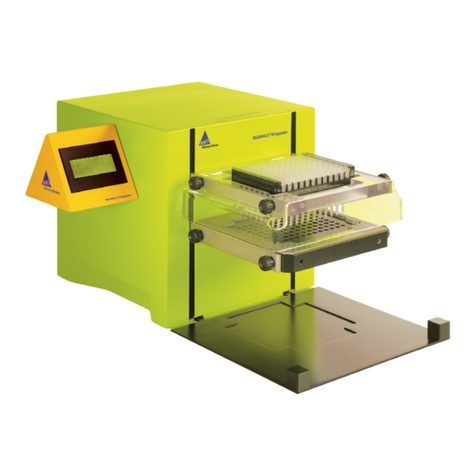
Chapter 1
SEITAL S.r.l. Rev. 2 of 11/02/98
Page 1-2 Use and maintenance handbook: Centrifugal separator SE 40CX
1.3. Handbook index
1. HANDBOOK USE 1-1
1.1. HOW TO READ THE HANDBOOK........................................................................................1-1
1.2. HOW TO BRING UP-TO-DATE THE HANDBOOK.................................................................1-1
1.3. HANDBOOK INDEX .............................................................................................................1-2
2. GENERAL INFORMATION 2-1
2.1. MANUFACTURER AND MACHINE DATA.............................................................................2-1
2.2. TECHNICAL SERVICE.........................................................................................................2-1
2.3. GLOBAL ASPECTS OF SAFETY ...........................................................................................2-1
2.3.1. INSTALLATION.................................................................................................................2-1
2.3.2. WARNINGS FOR THE OPERATORS....................................................................................2-1
2.3.3. MAINTENANCE PROGRAMS.............................................................................................2-2
2.3.4. INVOLVED OPERATORS AND TECHNICIANS.....................................................................2-2
2.3.5. MAIN WORKING MODES ..................................................................................................2-2
2.3.6. FORESEEABLE ERRORS AND INCORRECT BEHAVIOURS...................................................2-3
2.3.7. LIST OF USED SYMBOLS AND WARNINGS ........................................................................2-3
2.3.8. SAFETY PRESCRIPTIONS..................................................................................................2-3
2.4. USED TERMS AND ABBREVIATIONS...................................................................................2-6
2.5. RESPONSIBILITY ................................................................................................................2-6
3. MACHINE DESCRIPTION 3-1
3.1. GENERAL DESCRIPTION ....................................................................................................3-1
3.2. OPERATING PRINCIPLES....................................................................................................3-1
3.3. TECHNICAL CARD ..............................................................................................................3-3
3.4. NOISE LEVEL......................................................................................................................3-4
3.5. DESTINATION AND FORESEEN PLACE OF USE...................................................................3-4
3.6. IMPROPER USES AND CONTRA-INDICATIONS ...................................................................3-4
4. LIFTING, TRANSPORT, STORAGE 4-1
4.1. MACHINE DELIVERY..........................................................................................................4-1
4.2. PACKING AND UNPACKING................................................................................................4-1
4.3. LIFTING AND TRANSPORT OF THE PACKED MACHINE.....................................................4-1
4.4. LIFTING AND TRANSPORT OF THE MACHINE WITHOUT PACKING ..................................4-2
4.5. WAREHOUSE STORAGE......................................................................................................4-4
5. INSTALLATION/PREPARATION TO START 5-1
5.1. ENVIRONMENT...................................................................................................................5-1
5.2. WORKING NECESSARY SPACE...........................................................................................5-2
5.3. EQUIPMENT........................................................................................................................5-2
5.4. LOCATION AND ASSEMBLY ON PLACE..............................................................................5-2
5.5. LUBRICATION.....................................................................................................................5-3
5.5.1. BEARINGS AND GEARS LUBRICATION .............................................................................5-3
5.5.2. LUBRICATION OF THREADS AND CONTACT SURFACES OF THE BOWL PARTS ..................5-5
5.6. SYSTEMS CONNECTION......................................................................................................5-5
5.6.1. ELECTRICAL SYSTEM CONNECTION ................................................................................5-5
5.6.2. HYDRAULIC CONNECTION FOR OPERATING WATER........................................................5-6
5.6.3. SEPARATOR HYDRAULIC CONNECTION...........................................................................5-7
5.6.4. PNEUMATIC SYSTEM CONNECTION .................................................................................5-8
6. BOWL AND INLET-OUTLET FLOW UNIT 6-1
6.1. BOWL ASSEMBLY ...............................................................................................................6-1





















